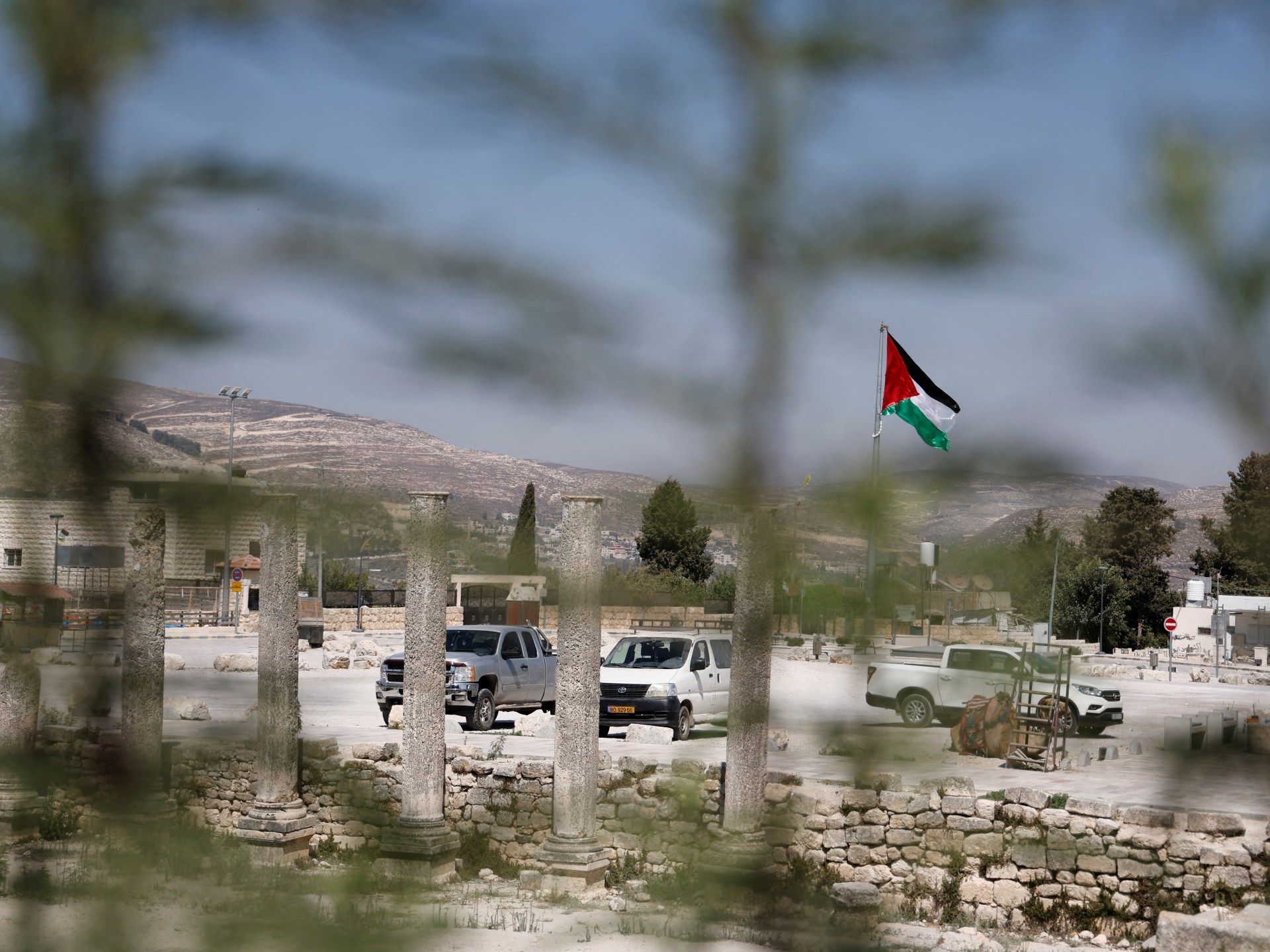Sebastia is encircled by Israeli settlements, all illegal under international law, including Shavei Shomron a few kilometres away (a little more than a mile).
Sebastia is a pilgrimage site for Christians because it is believed to be where John the Baptist, known in the Quran as the Prophet Yahya, is buried.
It is also believed to be the site of Samaria, the capital of the ancient Kingdom of Israel.
Israelis wishing to see some of that history are escorted to Sebastia’s archaeological park, which has ruins spanning the Greek, Roman, Byzantine and early Islamic periods.
For them, the site is evidence of Jewish ties to the West Bank. For Palestinians, the focus on one specific period of history is an attempt to undermine Palestinians’ control of their own land.
Home to about 4,000 people, Sebastia was once a symbol of religious coexistence and is home to relics that chart 3,000 years of history dating back as far as the Iron Age.
Such is the significance of the remains that Palestinian authorities in Sebastia are hoping UNESCO will add them to its World Heritage list. They also hope the archaeological park will join 56 other locations on UNESCO’s register of significant sites considered to be “in danger”.
But any protection that recognition would have afforded the ancient site and the modern-day village has come too late for some because Sebastia is now no longer spared the violence other parts of Nablus district have endured.
In July, 19-year-old Fawzi Makhalfeh was killed by Israeli soldiers as he drove through the village with a friend.
Doctors removed more than 50 bullets from his body, his family said. He was the first Sebastia resident to be killed by Israelis in more than 20 years, and his name is emblazoned on memorials in the village centre. The Palestinian Authority described his killing as an “execution”.


